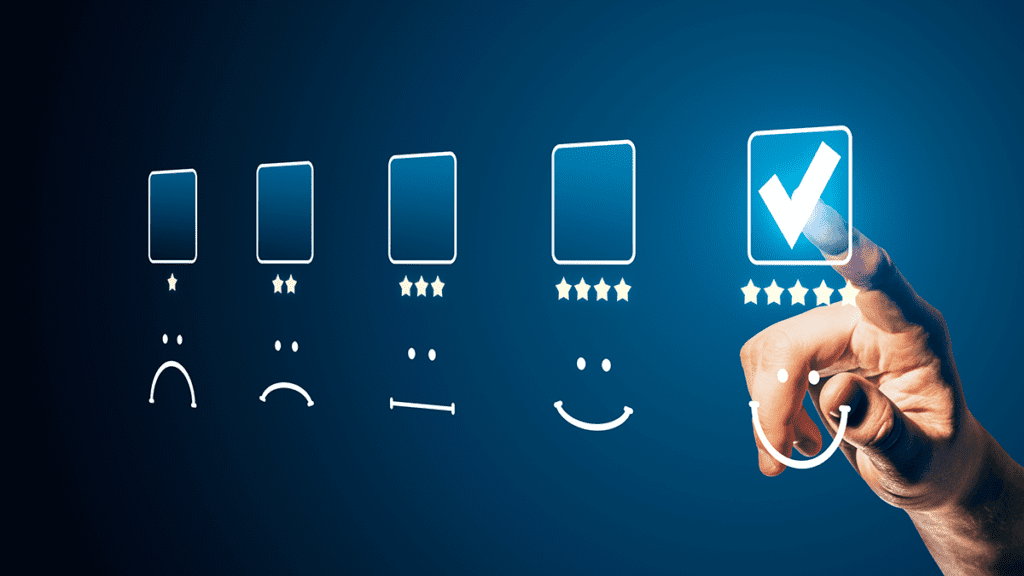Experience is the new economic battleground. Business used to be largely won on product and price. But more and more consumers are choosing to stay or leave brands based on their experience with them.
Research backs this up: a study from Broadridge shows 65% of customers think most companies they do business with need to improve their customer experience, up from 35% in 2019. Accenture found that 64% of consumers wish companies would respond faster to their changing needs while 88% of executives feel customers are changing faster than their businesses can keep up.
In an environment where customers are feeling the strain of inflation and a looming recession, every experience takes on more significance. It’s the entire total experience that matters.
What is total experience?
Customer experience and employee experience disciplines are inextricably linked, and a total experience (TX) strategy is needed to ensure alignment to solve business problems holistically. Total experience is a discipline that combines customer, employee and operational experience to achieve customer and employee satisfaction and drive business growth. It leverages composable applications to embed, deliver and personalize information through a common UX.
- Customer experience (CX) is your customers’ holistic perception of their experience with your business or brand. The goal of CX improvement programs is to cultivate customer loyalty to a brand, encourage repeat business and brand advocacy.
- Employee experience (EX) is the interactions an employee has with the people, systems, policies and the physical and virtual workspace.
- Operational experience (OX) focuses on eliminating the digital friction in the processes that fuel your business. Operational experience solves for the slow and inefficient processes that are a challenge for everyone. It strengthens and supports EX which in turn enables superior CX.
Traditionally, the focus has been on improving CX. But there is no customer experience without employee experience – and many businesses would benefit from taking an ‘inside-out’ approach.
Three in four employees agree that digital transformations prioritize CX and not EX. And those same employees agree that when employers do prioritize EX, it’s with perks like ping pong tables or free office snacks over the technologies and tools that would help them better do their jobs. Deloitte research shows that enterprises with top-quartile EX achieve twice the innovation, double the customer satisfaction and 25% higher profits than organizations with a bottom-quartile employee experience.
What are the biggest barriers to a superior total experience?
1. Business areas are disjointed and operate in silos
According to CMS Wire Insights, a lack of cross departmental collaboration and silos were among the top three challenges cited by 72% of respondents. There are multiple touchpoints in a customer journey where business silos can increase complexity. An agent might not have access to real time customer information. Legacy systems lack integration. There’s no easy way to quickly communicate with colleagues who can help. A lack of visibility of actions taken with the customer could impede resolution. Departmental silos increase digital friction, create delays, increase risk and obscure opportunities.
2. Poor digital employee experience
The number of applications knowledge workers use continues to grow – on average, they now use 11 compared to six in 2019. Context switching from application to application is the enemy of focus – it interrupts productivity and takes time to recover. It’s difficult for employees to find information: 94% of consumers expect not to repeat information across channels while 67% of workers lack historical customer interaction data. Engaged and supported team members drive better business outcomes – they answer questions quickly and deliver meaningful interactions to customers.
3. Failure to drive insights at the customer level
According to CMS Wire, most organizations (57%) are personalizing on a one-to-many level or not at all. The customer experience is rapidly evolving from a one-off transactional model to a deeper, long-term enriching relationship model. It’s about brands becoming an indispensable part of life – deeply understanding customers to provide value in the right place, at the right time and in the right context. Only 6% are embracing this hyper-personalization.
Total experience is the new brand currency. Business leaders know they need to prioritize building a total experience strategy. They aim to:
- Prioritize EX strategy to optimize the digital employee experience
- Leverage an integrated, composable digital experience platform
- Implement rigorous information governance
- Have a clear, data-driven personalization strategy
See how total experience can help set your business apart.




